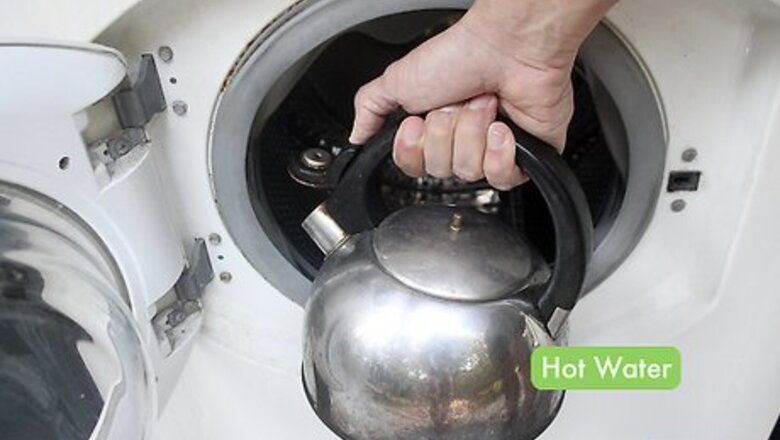
views
How to Clean a Front-Loading Machine
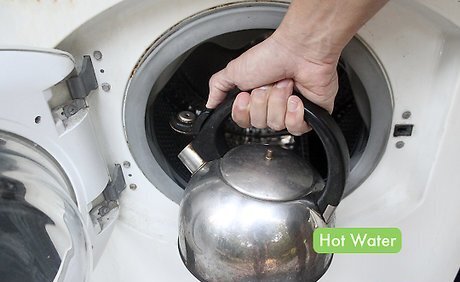
Fill the machine with hot water. Newer models of front-loading machines often have self cleaning cycles, so if this is the case with yours, fill it with hot water on this setting. If you don't have a self-cleaning cycle, just fill it with hot water.
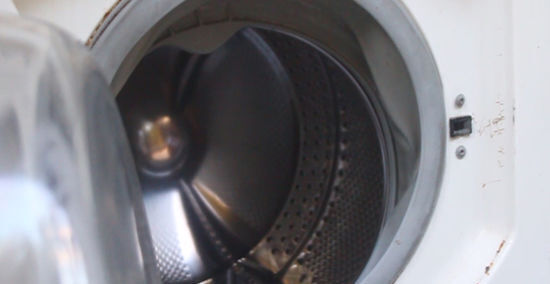
Add a quart of bleach for stain removal. If the inside of your washer is stained, bleach will do the trick. Add it through the dispenser so that it mixes with hot water, then let the machine finish the rest of the washing cycle.
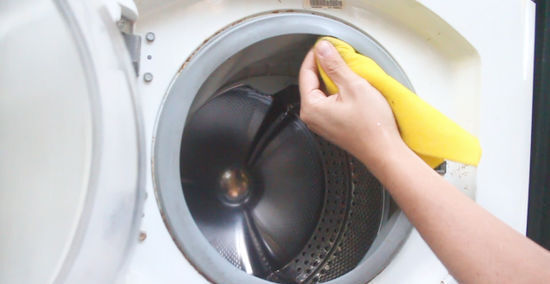
Clean the rubber seal on the door. This area is prone to mold growth, since water can get trapped between the seal and the machine. Use an all-purpose cleaner and a sponge or paper towel to clean under and around the seal.
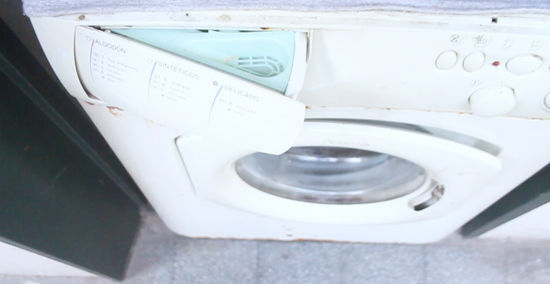
Clean the dispensers. Make sure the the powder and liquid detergent dispensers are free of hair and other debris. Use an all-purpose cleaner or a vinegar and water solution and a sponge to remove traces of detergent, dirt and anything else that could clog your dispenser.
How to Clean a Top-Loading Machine
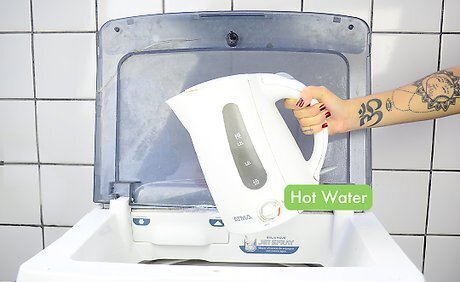
Fill the machine with hot water. The easiest way to do this is to turn on the hot wash cycle and interrupt it after the water has been filled. You could also heat up water in the kitchen and transfer it to the machine.
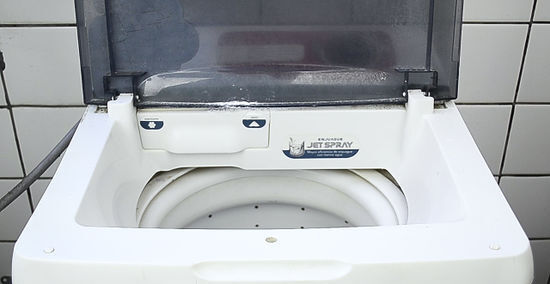
Add a quart of chlorine bleach. Turn the washing cycle on for a few seconds to let so that the agitation function mixes the bleach and the water, then turn it back off and let the chlorine mixture sit for at least an hour. This will start lifting the grime, mildew and other substances inside your washing machine. If you'd prefer not to use bleach, you can use a special machine cleaner instead. These are available for purchase at grocery stores in the detergent aisle. For a natural alternative, add a quart of white vinegar instead of bleach or cleaner.
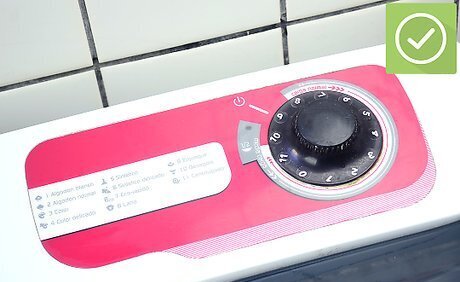
Finish the washing cycle. After an hour, let the machine complete the washing cycle. At this point the inside of the machine is sanitized. If the machine smells like bleach once the cycle is complete, fill it with hot water and pour in a quart of vinegar. Let it sit for an hour, then run the washing cycle once more.

Clean the dispensers. Use a vinegar water solution and a scrubber to clean the places where you insert powdered or liquid detergent. Dirt, hair, and other debris tends to pile up there, so cleaning these areas is an important part of keeping the inside clean, too.
How to Keep Your Machine Clean

Remove wet clothes promptly. Leaving wet clothes in the machine, even for a few hours, can lead to mold and mildew growth, which affects the smell of your clothes and the functionality of your machine. Transfer wet clothes to the dryer or clothesline immediately after the cycle is complete.

Leave it open after washing. Closing the door of your washing machine after a cycle is complete traps in the moisture, creating the perfect environment for mold and mildew growth. To prevent this from happening, simply leave the door open so the remaining water can evaporate.
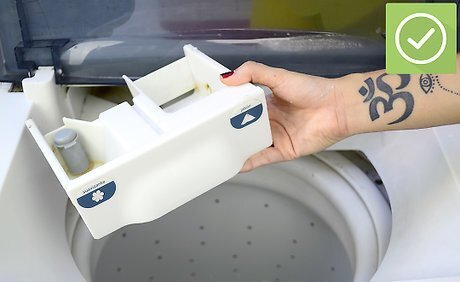
Make sure the machine parts stay dry. If your machine has a soap or softener drawer that gets wet during the washing process, take it out to dry when the cycle is complete. Only replace it in the washer when you're sure that it's thoroughly dry.

Deep clean once a month. Everyday maintenance helps prevent the washing machine from getting too mildewy, but it's still necessary to give it a deep cleaning about once a month. Use one of the methods outline above to keep your machine smelling fresh and working efficiently for years to come.














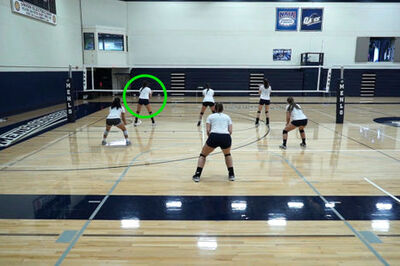



Comments
0 comment